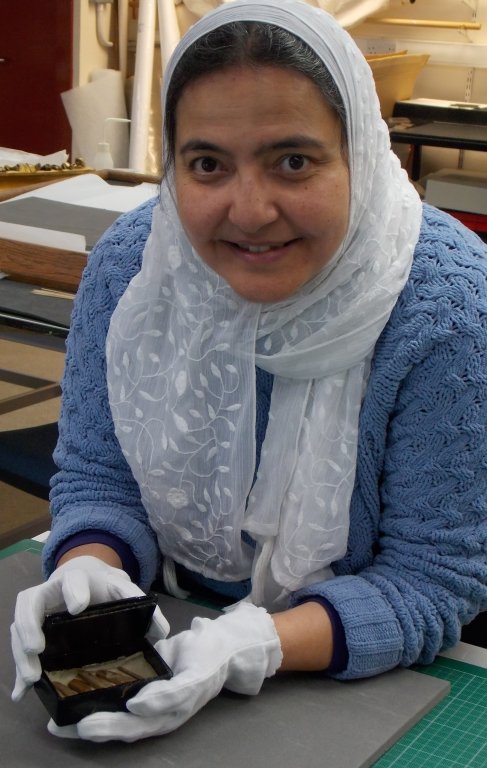
LONDON: An ancient wooden relic, lost for over a century and one of just three items retrieved from the Great Pyramid of Giza in Egypt, has been discovered in the archives of the University of Aberdeen in Scotland.
The wooden fragment, part of a collection known as the Dixon Relics after the man who discovered them, is thought to have been from a cedar measuring ruler, and could shed new light on the construction of the pyramid.
It was found by Abeer Eladany, a curatorial assistant at the university, in a cigar box with an old Egyptian flag on it.
“The university’s collections are vast — running to hundreds of thousands of items — so looking for it has been like finding a needle in a haystack,” said Eladany, who is originally from Egypt.
“I couldn’t believe it when I realized what was inside this innocuous-looking cigar tin. I’m an archaeologist and have worked on digs in Egypt, but I never imagined it would be here in northeast Scotland that I’d find something so important to the heritage of my own country,” she added.
“It may be just a small fragment of wood, which is now in several pieces, but it’s hugely significant given that it’s one of only three items ever to be recovered from inside the Great Pyramid.”
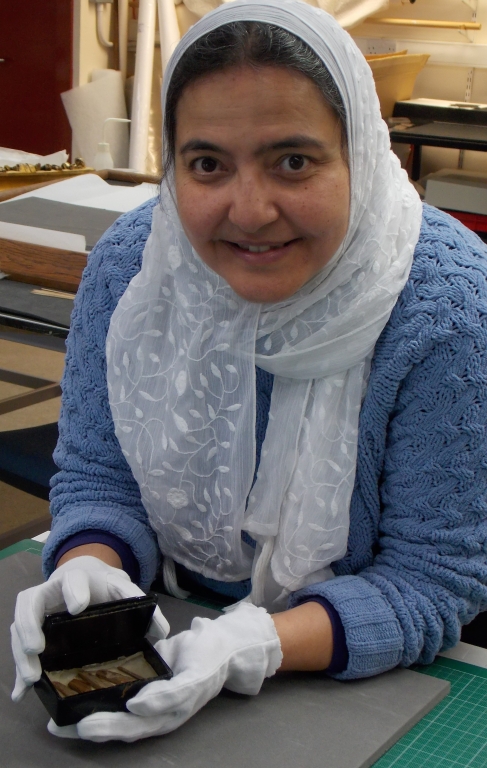
The fragment was originally discovered by Waynman Dixon in 1872 as he was exploring the Queens Chamber of the pyramid.
It is thought to have been bequeathed to the university by Dixon’s friend James Grant, the noted Victorian Egyptologist, but was misplaced as it was not properly classified. The other two Dixon Relics, a ball and a hook, are housed at the British Museum in London.
The chamber is now inaccessible, but images of the larger piece of wood that the fragment is thought to have been taken from were captured via a remote camera in 1993.
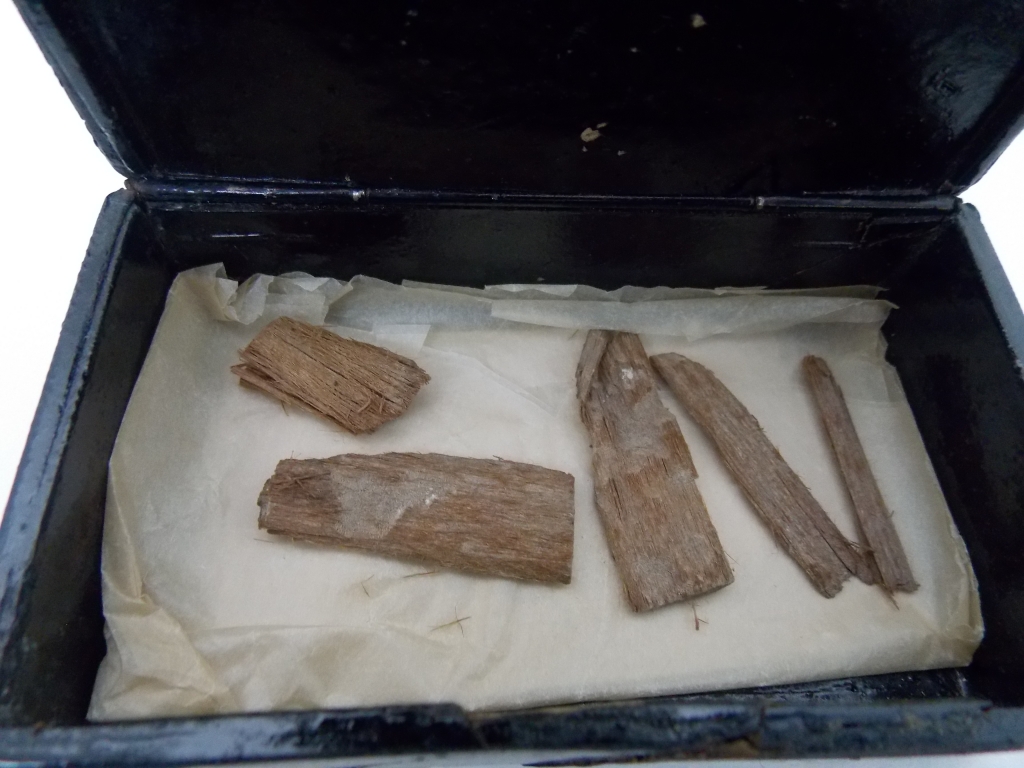
Carbon dating of the fragments has cast new light on the building of the pyramid, with the wood dated to 3341-3094 BC.
Most historical records place the construction of the pyramid to 2580-2560 BC, during the reign of Pharaoh Khufu.
“It’s even older than we’d imagined. This may be because the date relates to the age of the wood, maybe from the center of a long-lived tree,” said Neil Curtis, head of the university’s museums and special collections.
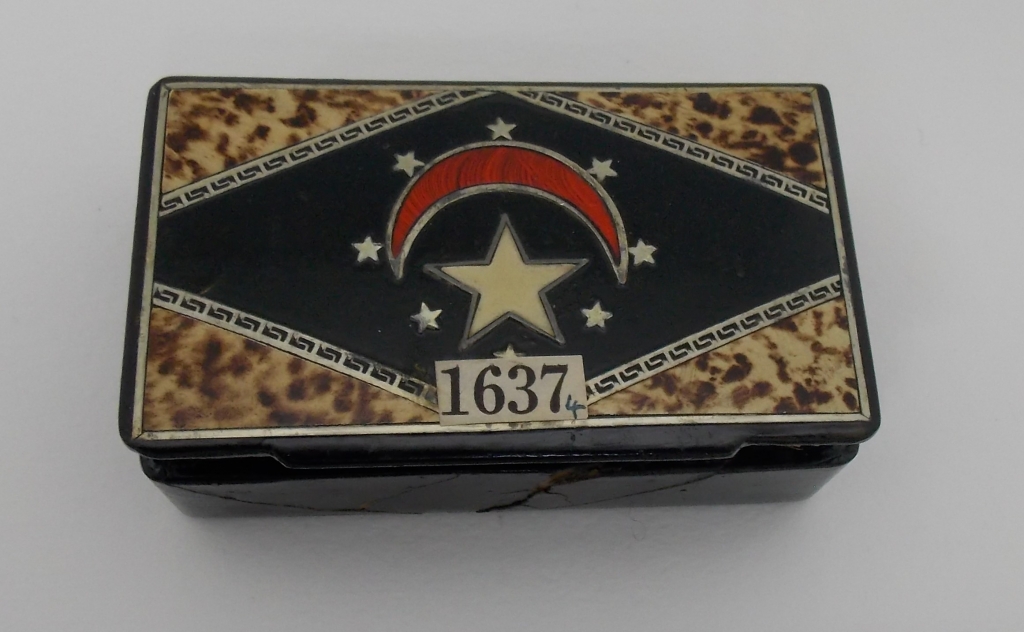
“Alternatively, it could be because of the rarity of trees in ancient Egypt, which meant that wood was scarce, treasured and recycled or cared for over many years,” he added.
“It will now be for scholars to debate its use and whether it was deliberately deposited, as happened later during the New Kingdom, when pharaohs tried to emphasize continuity with the past by having antiquities buried with them.”

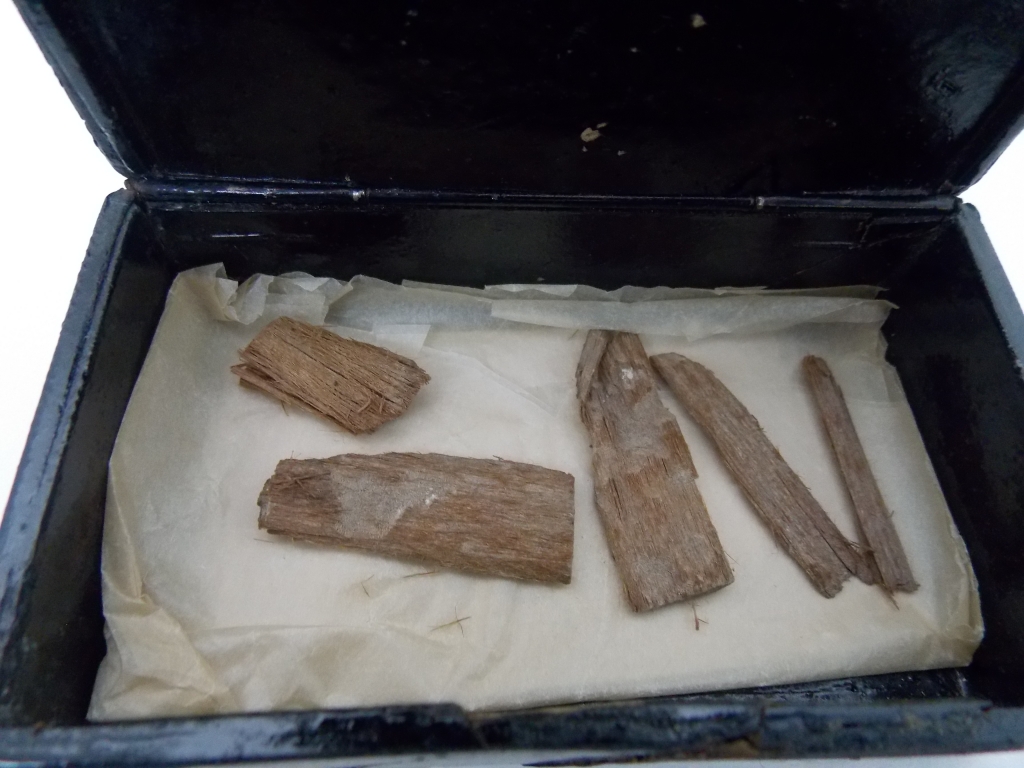
Egypt art show looks to Giza pyramids for inspirationEgypt reopens its oldest pyramid after 14-year restoration

 A new treatment could restore some mobility in people paralyzed by strokes
A new treatment could restore some mobility in people paralyzed by strokes  What has Perseverance found in two years on Mars?
What has Perseverance found in two years on Mars?  This robot automatically tucks its limbs to squeeze through spaces
This robot automatically tucks its limbs to squeeze through spaces  Greta Thunberg’s new book urges the world to take climate action now
Greta Thunberg’s new book urges the world to take climate action now  Glassy eyes may help young crustaceans hide from predators in plain sight
Glassy eyes may help young crustaceans hide from predators in plain sight  A chemical imbalance doesn’t explain depression. So what does?
A chemical imbalance doesn’t explain depression. So what does?